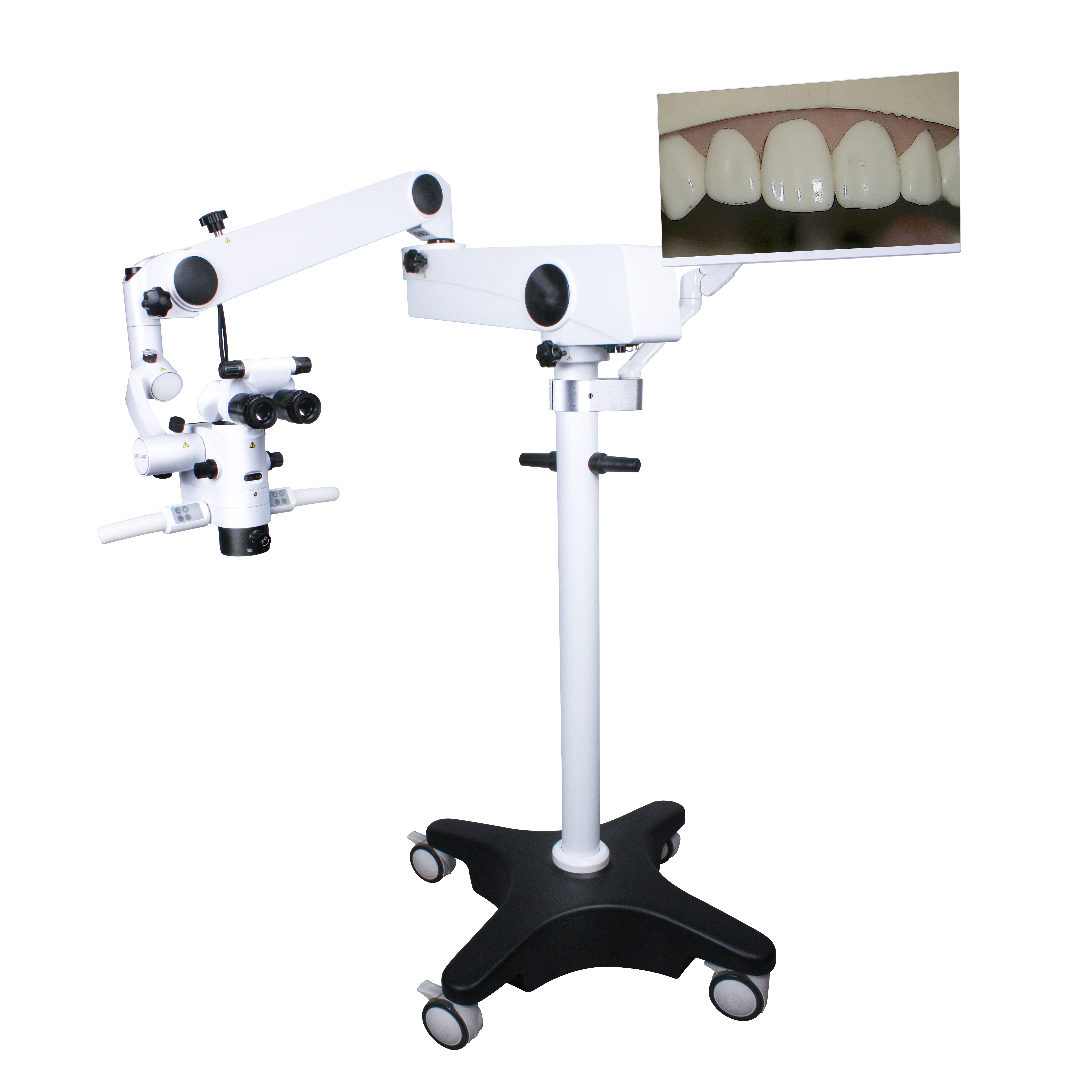The Intersection of Precision and Innovation: How Microscopes and 3D Scanners Are Reshaping Modern Dentistry
In the ever-evolving landscape of modern dentistry, two technologies have emerged as transformative forces: advanced microscopes and 3D scanning systems. Leading microscope manufacturers like Carl Zeiss, Leica, and Olympus are driving innovation in surgical and clinical applications, while 3D dental scanner wholesalers and suppliers are redefining diagnostics and treatment planning. Together, these tools are reshaping dental practices, surgical workflows, and global market dynamics, creating a future where precision and efficiency are no longer mutually exclusive.
The Rise of Dental Surgical Microscopes
The global dental surgical microscopes market has seen exponential growth, with forecasts predicting a compound annual growth rate (CAGR) of 8.2% through 2030. This surge stems from increasing demand for minimally invasive procedures and the integration of high-magnification optics into routine dental care. Carl Zeiss, a titan among medical microscope manufacturers, has been pivotal in this shift. Their flagship product, the Carl Zeiss dental microscope, combines ergonomic design with unparalleled optical clarity, making it a favorite in practices ranging from endodontics to implantology. However, with new Carl Zeiss dental operating microscope prices often exceeding $50,000, many clinics are turning to used dental microscopes or second-hand microscope markets to access premium technology at reduced costs.
Microscope suppliers and distributors report heightened interest in surgical operating microscopes equipped with features like dual binocular parts for collaborative procedures and surgical microscopy cameras for real-time documentation. The animal surgery microscope segment has also gained traction, as veterinary dentistry adopts human-grade tools. Meanwhile, microscope training for dentists has become a critical component of continuing education, with institutions emphasizing hands-on practice with both new and microscope for sale used units to bridge the skill gap.
3D Scanning: The Digital Revolution in Dentistry
Parallel to operating microscope advancements, the 3D dental scanners market is projected to reach $1.2 billion by 2028, fueled by the transition from traditional impression methods to digital workflows. Impression scanners OEM partnerships are enabling dental labs to streamline production, while chairside 3D teeth scanners allow clinicians to design restorations in real time. Leading 3D dental scanner suppliers like 3Shape and Medit dominate this space, offering systems that integrate seamlessly with CAD/CAM software.
The 3D surgical microscope system market represents a fascinating convergence of these technologies. By combining optical magnification with 3D imaging, these hybrid systems enhance depth perception during complex procedures like guided bone regeneration. Surgeons using microscope glasses can now visualize layered anatomical structures while maintaining a sterile field—a leap forward from conventional surgery using a microscope.
Market Dynamics and Future Trends
The surgical operating microscope market and clinical microscope market are experiencing symbiotic growth. As dental microscope global adoption increases, so does demand for specialized accessories. Microscope objective suppliers are developing apochromatic lenses to reduce chromatic aberration, while manufacturers of surgical microscope glasses focus on anti-fog coatings for prolonged use. Even the compound microscope manufacturer sector, traditionally focused on laboratory models, is exploring dental-specific configurations.
Economic factors play a significant role in this ecosystem. While premium brands like Zeiss maintain strong market positions through technological leadership, price-conscious buyers are reshaping secondary markets. Platforms offering microscopes for sale used now account for 18% of all dental microscope transactions, according to recent industry analyses. Similarly, the 3D scanner supplier landscape shows increasing competition between established players and budget-friendly alternatives from emerging markets.
Challenges and Opportunities
Despite these advancements, the industry faces hurdles. The high cost of Carl Zeiss dental microscope prices and similar premium systems creates accessibility gaps, particularly in developing regions. However, innovative financing models and refurbishment programs by microscope distributors are helping democratize access. Training remains another critical challenge—while microscope training for dentists has improved, many practitioners still lack experience with advanced features like integrated surgical microscopy cameras.
The future points toward greater integration. We’re already seeing prototype systems where 3D surgical microscope interfaces communicate directly with 3D dental scanners, creating closed-loop digital workflows. As artificial intelligence begins influencing both microscope image analysis and 3D scan interpretation, the next frontier may lie in predictive modeling—using historical case data to guide real-time surgical decisions.
From the laboratory bench to the operatory chair, the synergy between optical precision and digital innovation is redefining what’s possible in dental care. As leading microscope manufacturers collaborate with 3D scanner wholesalers and software developers, we stand at the threshold of a new era—one where every dental procedure benefits from the marriage of magnification and digital accuracy. Whether through a $200,000 cutting-edge surgical operating microscope or a refurbished unit from the second-hand microscope market, this technological revolution ensures that precision dentistry is becoming not just a specialty, but a new standard of care.

Post time: Mar-10-2025







